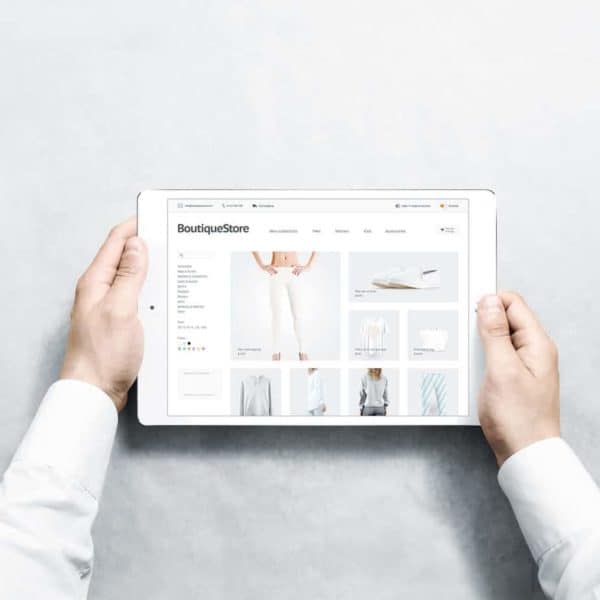You’re about to buy something online — let’s say a shirt — but as you’re adding it to your cart, you see three similar shirts the website recommends. So you click on one for a closer look, then another, and eventually maybe you buy one of them.
Every major e-commerce site uses product recommendations like these, and some say they generate a huge portion of their sales. A McKinsey & Company reportattributed 35 percent of Amazon’s sales to recommendations (not to mention 75 percent of what we stream on Netflix).
Anuj Kumar, a professor at the University of Florida’s Warrington College of Business, wasn’t buying it.
“These estimates are hard to believe,” he said.
Amid the overwhelming options in an online inventory, recommendation algorithms make items more visible to customers, which increases our likelihood of buying them. But they also lure our attention away from the original item, so it’s hard to tell if the retailer is actually coming out ahead.
Kumar points to two different factors that inflate the purported impact of recommendations. The first is something you’ve likely used when shopping online: browsing and search tools that help you narrow the field by category, color, brand, or other parameters. Those tools make it fairly easy to find what you want without the aid of recommended products, Kumar says.
The second relates to how recommendation algorithms get their data in the first place: The algorithms identify what to recommend on a product’s page based on how frequently those two items are viewed or purchased together. That means customers are likely already aware of or can easily discover those products without recommendations, Kumar said.
To quantify the economic value of product recommendations, Kumar partnered with a major department store to design the first large-scale experiment controlling for those factors. He looked at real customers’ behavior — what shoppers looked at, which recommendations they clicked and what they ultimately purchased — then compared that data to a control group of shoppers who didn’t receive any recommendations.
By evaluating more than two million product page views from nearly a million visitor sessions, Kumar found that recommendation systems do increase overall sales, but not nearly as much as previously claimed. The study, coauthored with Kartik Hosanagar of the University of Pennsylvania’s Wharton School and scheduled to appear in the journal Information Systems Research, finds that recommendations increase the sales of recommended products by 9 percent, but at the expense of 1.9 percent decrease in sales of focal products (i.e., the item you were initially looking at).
Overall, product recommendations boosted product sales by 11 percent – a more believable number than the inflated claims, Kumar says.
Kumar also found that recommendation links didn’t affect all products alike. More popular products that were linked to lots of other items got more of a boost, while some less-popular items actually sold worse with recommendations.
The findings can help retailers and marketers dial in their strategies for using recommendations, which can not only boost their bottom lines, but increase customer satisfaction. Kumar suggests the following tactics for retailers and marketers to get the most out of product recommendations:
- Sponsored recommendations– Marketers should pay to have their products appear on a related product’s webpage, such as a popular product’s page at Amazon.com.
- Regulate recommendations– Retailers should withhold recommendations when consumers are close to making a purchase to avoid distracting them.
- Selective promotions– Retailers should offer promotions for products that are recommended on a lot of other products’ pages to magnify the effect of promotions.
- Personalized recommendations– Retailers should tailor product recommendations to individual consumers’ preferences.
“As recommendation algorithms influence more and more of our decisions, it’s even more important to understand their effect,” Kumar said.
If our reporting has informed or inspired you, please consider making a donation. Every contribution, no matter the size, empowers us to continue delivering accurate, engaging, and trustworthy science and medical news. Independent journalism requires time, effort, and resources—your support ensures we can keep uncovering the stories that matter most to you.
Join us in making knowledge accessible and impactful. Thank you for standing with us!

